Optimal Weather Conditions for Concrete Repairs
Concrete repairs are most effective when performed under optimal weather conditions. Temperature, humidity, and precipitation significantly influence the curing process and the longevity of repairs. Typically, the ideal temperature range for concrete repairs is between 50°F and 85°F. During this period, concrete cures properly, minimizing the risk of cracks and surface failures.
Extreme temperatures can hinder proper curing, leading to weaker concrete and potential future damage.
Adequate moisture levels are essential for curing; excessive rain can delay repairs, while dry conditions require additional watering.
Spring and fall generally offer the most stable weather for concrete repairs, minimizing risks associated with temperature fluctuations.
Monitoring weather forecasts helps in planning repairs during days with favorable conditions, ensuring optimal results.
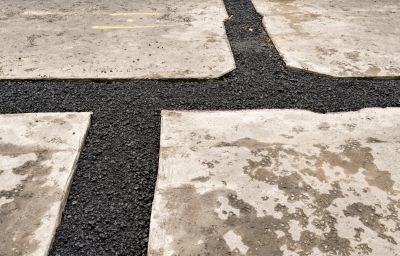
Ways to make Concrete Repairs work in tight or awkward layouts.
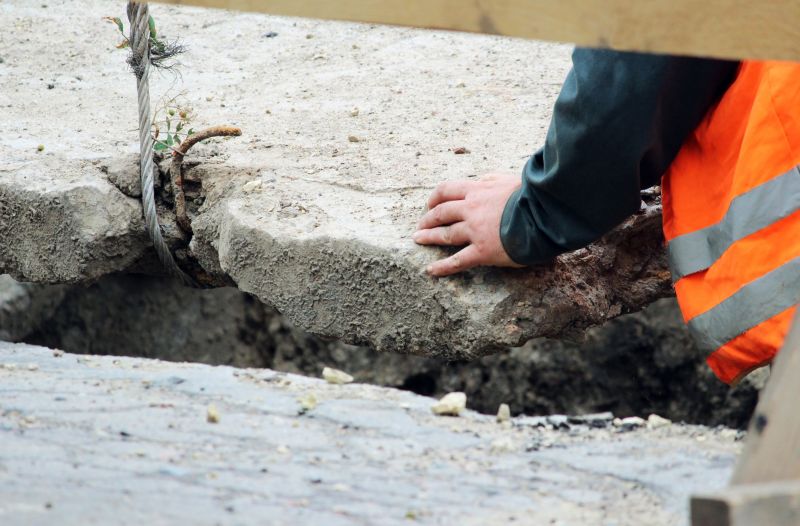
Popular materials for Concrete Repairs and why they hold up over time.
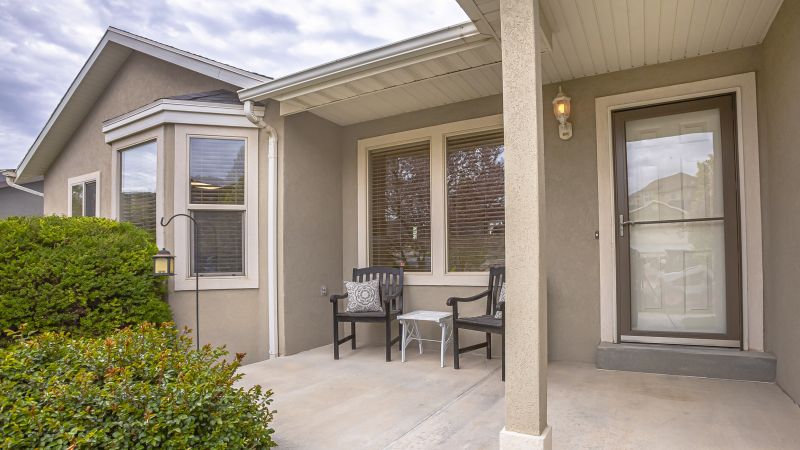
Simple add-ons that improve Concrete Repairs without blowing the budget.
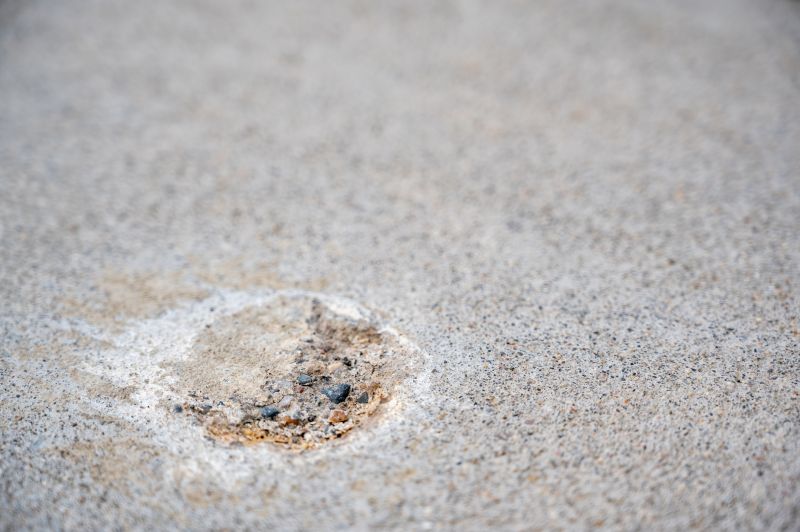
High-end options that actually feel worth it for Concrete Repairs.
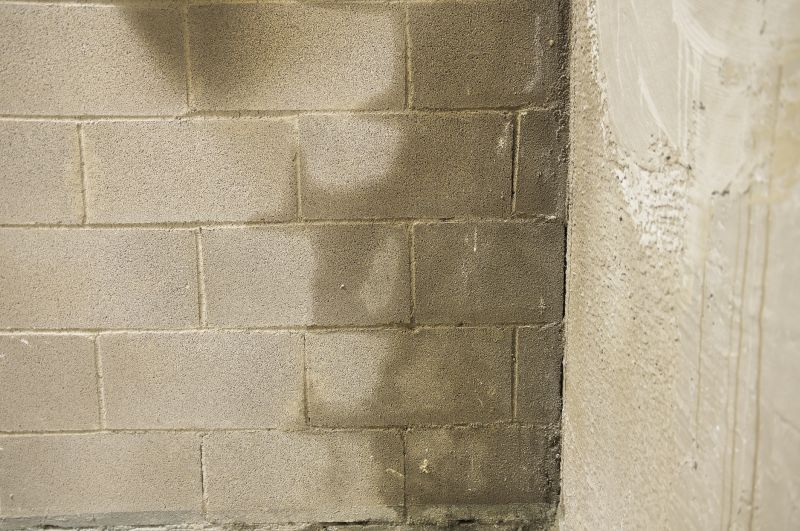
Finishes and colors that play nicely with Concrete Repairs.
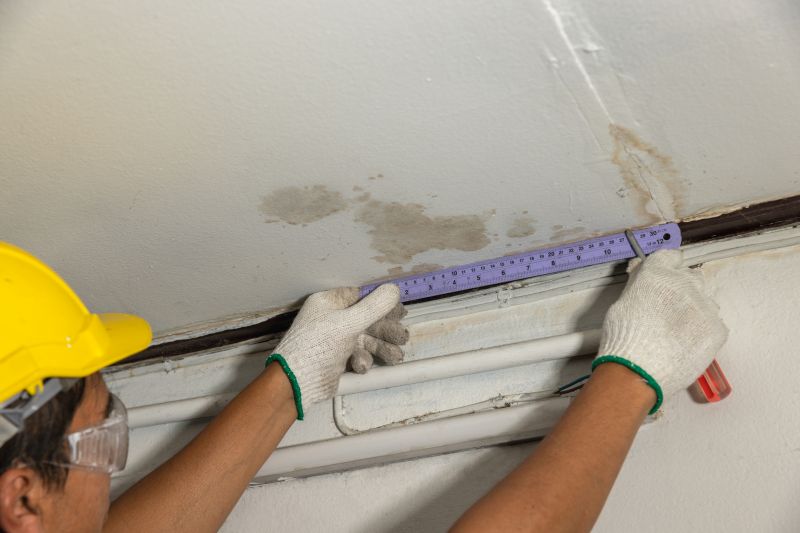
Little measurements that prevent headaches on Concrete Repairs day.
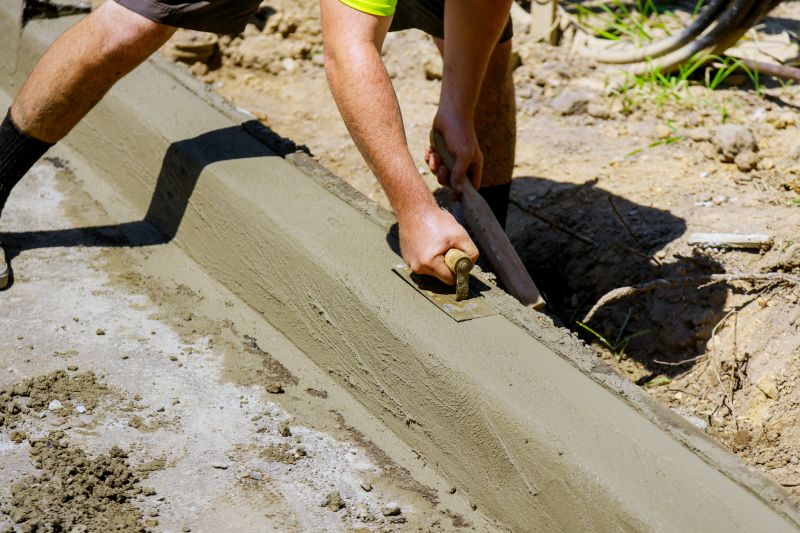
A 60-second routine that keeps Concrete Repairs looking new.
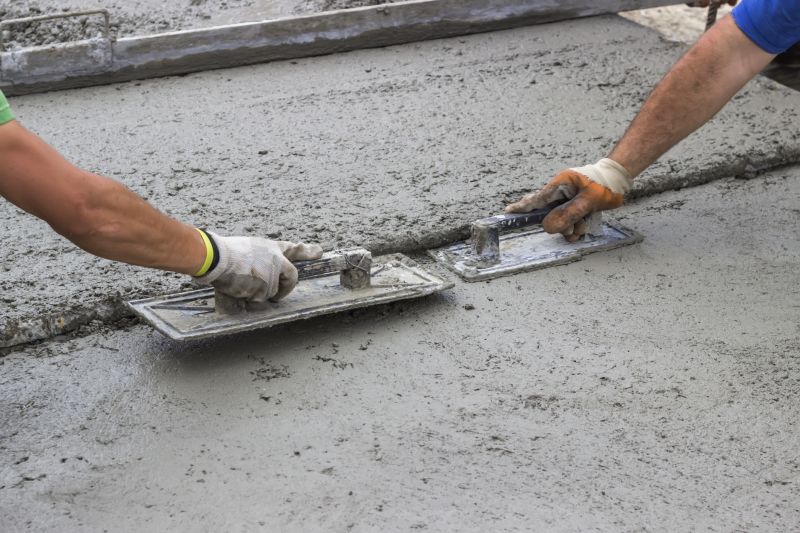
A frequent mistake in Concrete Repairs and how to dodge it.

Small tweaks to make Concrete Repairs safer and easier to use.
| Season | Recommended Activities |
|---|---|
| Spring | Ideal for major repairs due to mild temperatures and moderate humidity. |
| Summer | Suitable if temperatures are controlled; avoid peak heat hours. |
| Fall | Optimal for repairs with stable weather and cooler temperatures. |
| Winter | Generally discouraged unless indoor or heated environments are available. |
| Rainy Days | Postpone repairs to prevent water interference with curing. |
| Dry, Hot Days | Additional watering may be necessary to ensure proper curing. |
| Humid Days | Can aid curing but excessive moisture might cause delays. |
| Windy Days | Avoid to prevent debris and rapid drying. |
Concrete repairs require careful planning to ensure durability and effectiveness. Proper timing aligned with favorable weather conditions helps maintain the integrity of the repair work. Temperature, humidity, and precipitation are critical factors influencing the curing process and the long-term performance of concrete surfaces. Scheduling repairs during optimal seasons reduces the risk of cracks, surface deterioration, and other issues that could compromise structural stability.
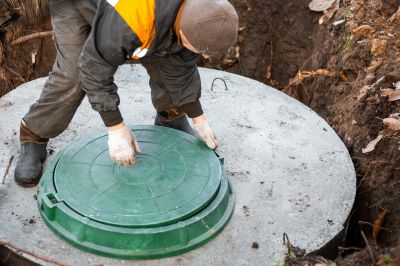
Lower-waste or water-saving choices for Concrete Repairs.

The short, realistic tool list for quality Concrete Repairs.
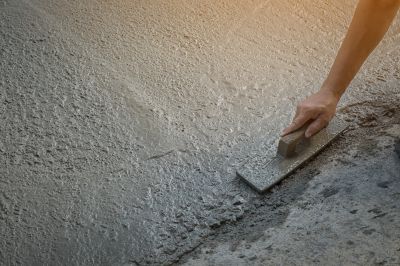
Rough timing from prep to clean-up for Concrete Repairs.

Quick checks and paperwork to keep after Concrete Repairs.
Interested in concrete repairs? Filling out the contact form can provide tailored information and scheduling options to ensure the work is completed during the most suitable time for durability and performance.
